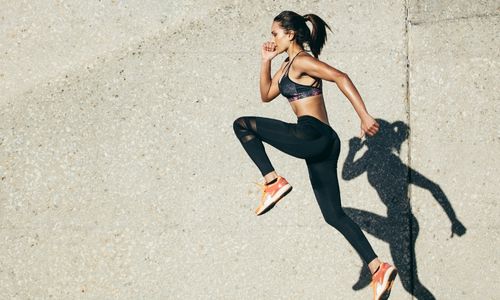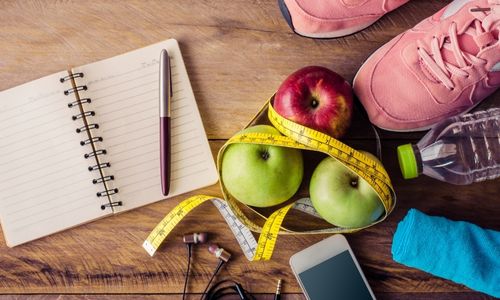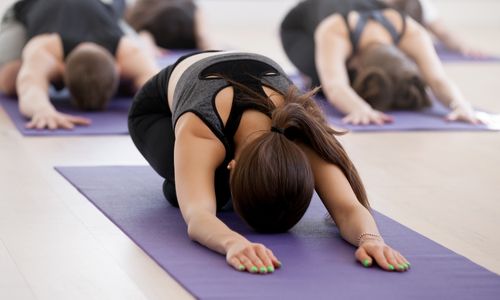Upper Back, Neck and Shoulders – ways to reduce tension and tightness
Experiencing discomfort in the upper back, neck and shoulders is incredibly common. For those of us who have our arms extended out in front of us to use a keyboard, to use our phone, to drive or to lift objects, for example, will have an increased chance of experiencing discomfort or conditions in this area of our bodies.
Although the actions causing this discomfort can vary widely, the symptoms are frequently the same and tend to be caused by overuse, or using this area of our body in a way we are not typically used to, such as holding an awkward position or overloading the muscles or joints.
Common symptoms are:
- Tension and tightness in our muscles
- Stiffness through our joints
- Restriction in our range of movement
- Compression in the spine
- Nerve impingement
- Changes in posture
- Disrupted sleep patterns
- General discomfort and pain
Corrective Action
Ergonomic Assessments - these are available through your employer and can be done in person or online. The Health and Safety Executive also have resources and checklists available: https://www.hse.gov.uk/msd/dse/assessment.htm
Desk - It’s worth considering your overall desk set up as well as your posture - are you better suited to a sitting or standing desk? Or do you need to be able to do both? What kind of chair do you find comfortable and supportive - high back? additional supports and arm rests? Or a kneeling chair?
Vehicle - the seats in vehicles are generally poorly designed. They don’t offer any support to your neck and the lower part of the seat slants back, placing your knees higher than your hips, thereby compressing your lower spine. As your spine is a column, what happens at the bottom is reflected at the top and vice versa. Foam wedges are a good way of correcting the angle in your lower back and neck supports/cushions are available
Stretches
There are 4 key stretches which can help loosen off any tension and tightness and get quick results:
1. Chin to Chest - Simply drop your chin down to your chest and hold for a minimum of 30 seconds. Repeat as desired. Please note, let gravity do the work. Don’t actively push your head down. Let the head hang and soon your head will drop a lot further than you think, giving a nice deep stretch.
2. Ear to Shoulder - gently tilt your head to the left, keeping your shoulders down and bringing your ear down to your shoulder. Hold for a minimum of 30 seconds. Repeat as desired. Do the same on the right side. To deepen the stretch, actively extend your right arm and fingers down to the ground, pushing down. You’ll feel a deeper stretch along the right side of your neck.
3. Chin towards Shoulder - turn your head to the left, keeping your shoulders down and facing forwards, extend your chin towards your left shoulder and tilt your head downwards. Hold for a minimum of 30 seconds. Repeat as desired. Do the same on the right side.
4. Head Back - slowly tilt your head backwards and gently push the chin towards the ceiling. You’ll feel a stretch in your neck and under your chin. Hold for a minimum of 10 seconds. Repeat as desired.
Strengthening
Sometimes discomfort and pain are caused by muscle weakness and changes in posture. For example, we can experience ‘round shoulders’ from the pectoral muscles in our chest getting tight and short and from our rhomboids between our shoulder blades, getting overextended and weak. Health Professionals such as Sports Massage Therapists, Physiotherapists and Osteopaths will be able to provide you with a bespoke assessment of any muscle imbalances, along with any strengthening exercises.
Posture
Pay attention to how you hold yourself - how you sit and stand in particular - and whether you are moving enough. Are you wearing suitable shoes? Do you take regular breaks at work? Are your workouts or exercise activities moving your body in a balanced way, or are they overworking certain areas? Pilates and Yoga are great for strengthening and rebalancing your body, as well as Massage and Osteopathy.
Useful Equipment
Foam Wedge: https://putnams.co.uk/collections/sitting-wedges
 All of the below equipment is available from our Partner Providers, Physique at 10% discount using the code: BODYMECHANICS
All of the below equipment is available from our Partner Providers, Physique at 10% discount using the code: BODYMECHANICS
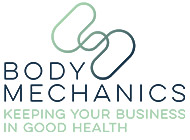
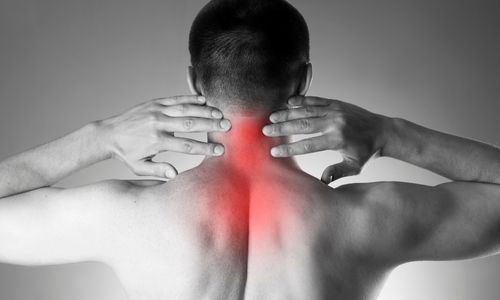

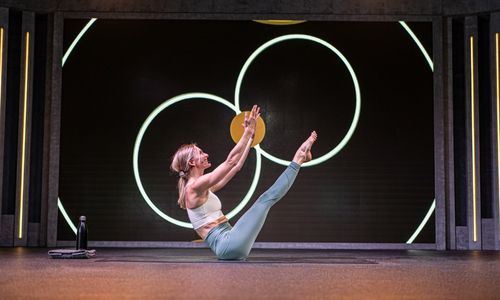

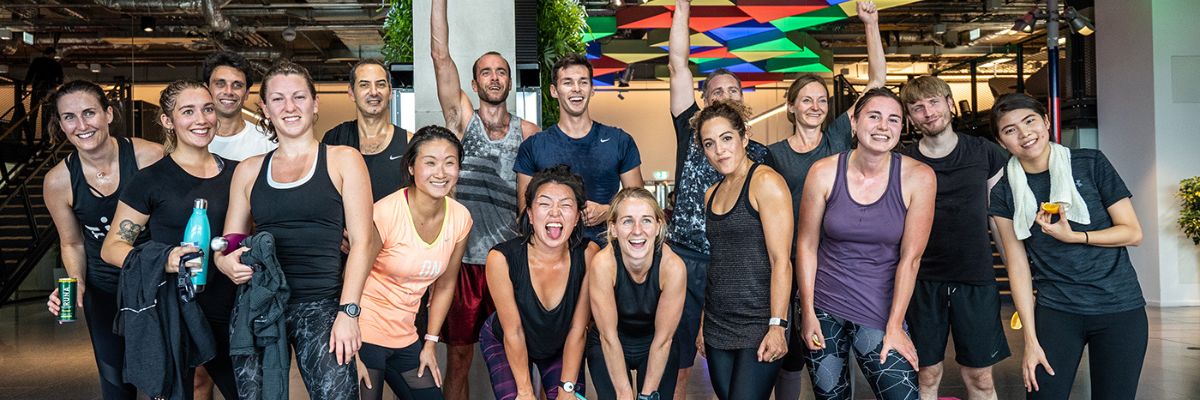

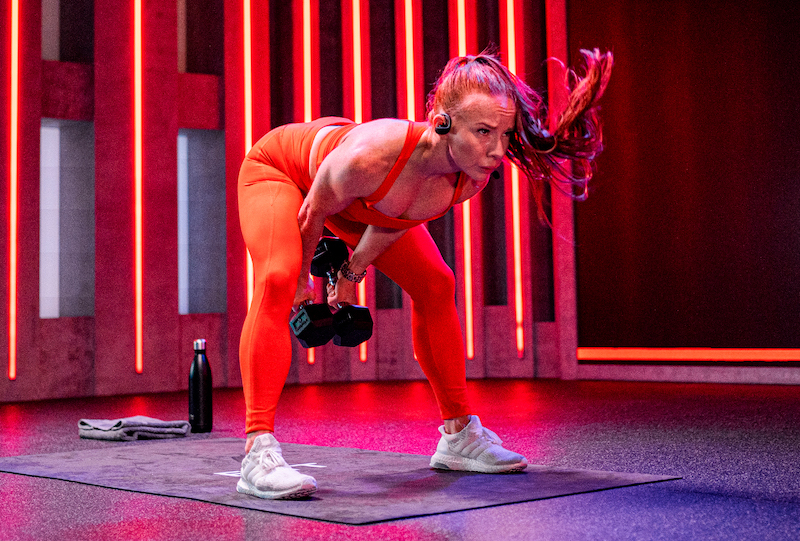
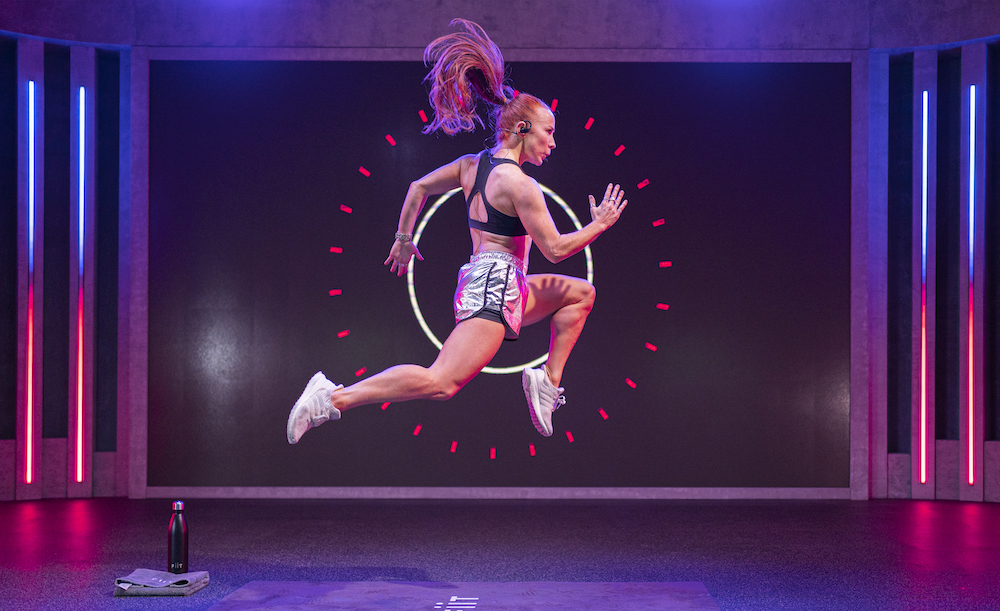
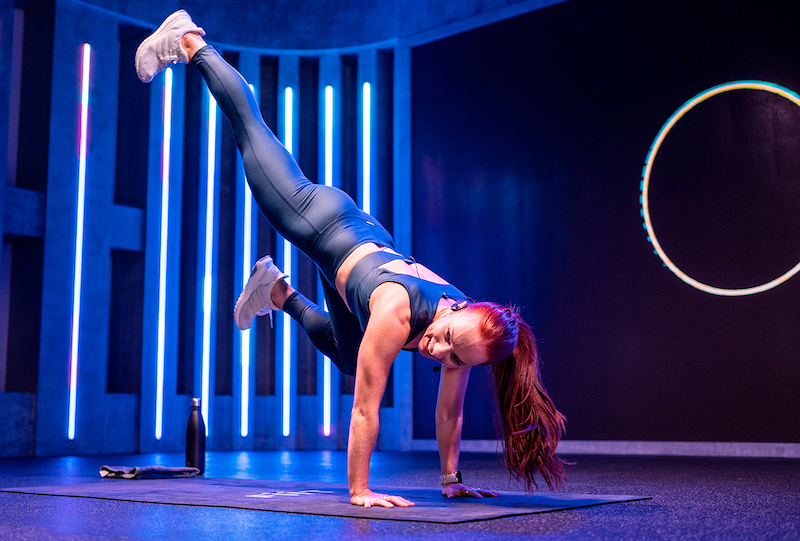

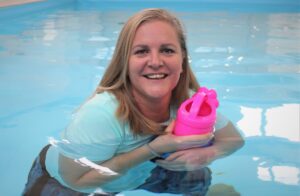 The trepidation sets in as you approach the water...how cool will it feel on my skin today? There is nothing better than getting my head under the water, pushing off the wall, and banging out a few laps. But how do you fit it into your daily life? Work (which has me in the water, teaching little ones to swim or watching my team of teachers teach), the kids, life admin, the extra activities, including sitting on pool side now for 5 hours a week with my two! I don’t swim anywhere near enough, which is frustrating given I’m in a pool environment 7 days a week. But I made myself a promise, that when the kids went back to school, I would go swimming for myself twice a week. I’ve managed that so far (week 2) and I plan on sticking with it. Why this time, unlike the million times before? I decided I deserve the time and space to do something for myself - I am worth it! Such a simple change in my mindset, with an unbelievably positive outcome for me first and foremost, but those around me too.
The trepidation sets in as you approach the water...how cool will it feel on my skin today? There is nothing better than getting my head under the water, pushing off the wall, and banging out a few laps. But how do you fit it into your daily life? Work (which has me in the water, teaching little ones to swim or watching my team of teachers teach), the kids, life admin, the extra activities, including sitting on pool side now for 5 hours a week with my two! I don’t swim anywhere near enough, which is frustrating given I’m in a pool environment 7 days a week. But I made myself a promise, that when the kids went back to school, I would go swimming for myself twice a week. I’ve managed that so far (week 2) and I plan on sticking with it. Why this time, unlike the million times before? I decided I deserve the time and space to do something for myself - I am worth it! Such a simple change in my mindset, with an unbelievably positive outcome for me first and foremost, but those around me too.

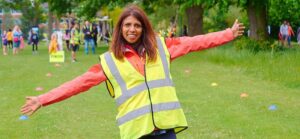 Signing up for parkrun is free and easy, you sign up once, print your barcode, and then just turn up! Any location, anywhere around the world, any weekend you want.
Signing up for parkrun is free and easy, you sign up once, print your barcode, and then just turn up! Any location, anywhere around the world, any weekend you want.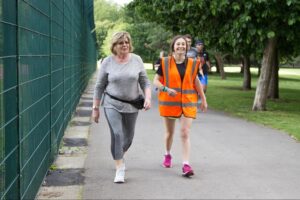 Parkrun can be whatever you want it to be. There are ways to get involved that do not involve completing 5k, and there is no pressure to complete the whole course if you’ve started and don’t feel able to continue (although we think you’ll surprise yourself!)
Parkrun can be whatever you want it to be. There are ways to get involved that do not involve completing 5k, and there is no pressure to complete the whole course if you’ve started and don’t feel able to continue (although we think you’ll surprise yourself!)
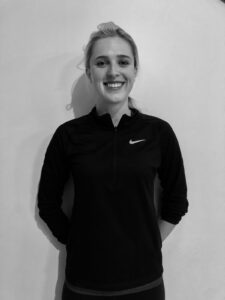

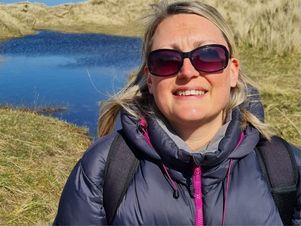
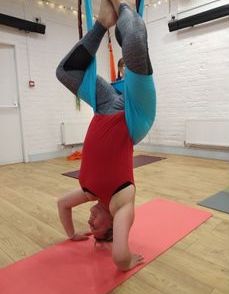 I went along to my first class terrified but came out impressed with myself and the things I could get my body to do. 5 weeks on and I made it to every class, discovered muscles I have never had before and feel stronger. I have now signed up for another 5 weeks in September and am really excited about strengthening my core and upper body as I develop my skills further.
I went along to my first class terrified but came out impressed with myself and the things I could get my body to do. 5 weeks on and I made it to every class, discovered muscles I have never had before and feel stronger. I have now signed up for another 5 weeks in September and am really excited about strengthening my core and upper body as I develop my skills further.